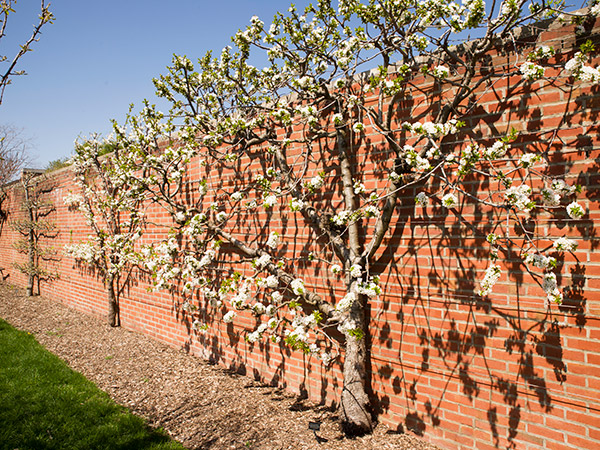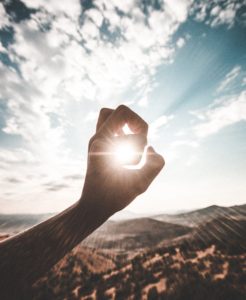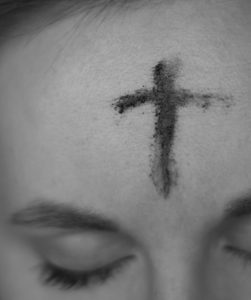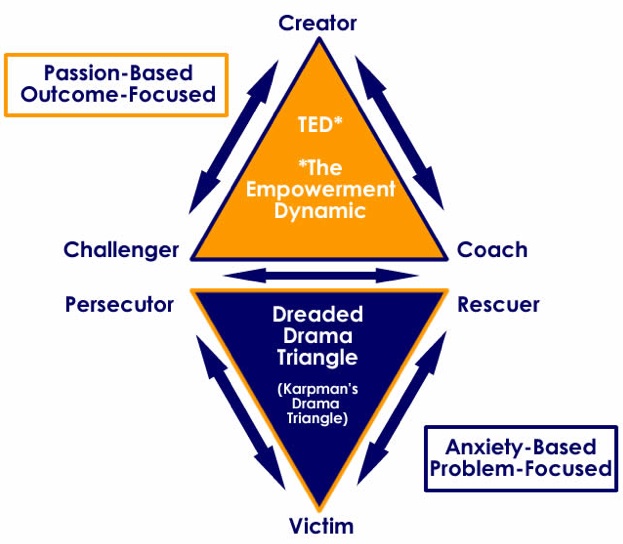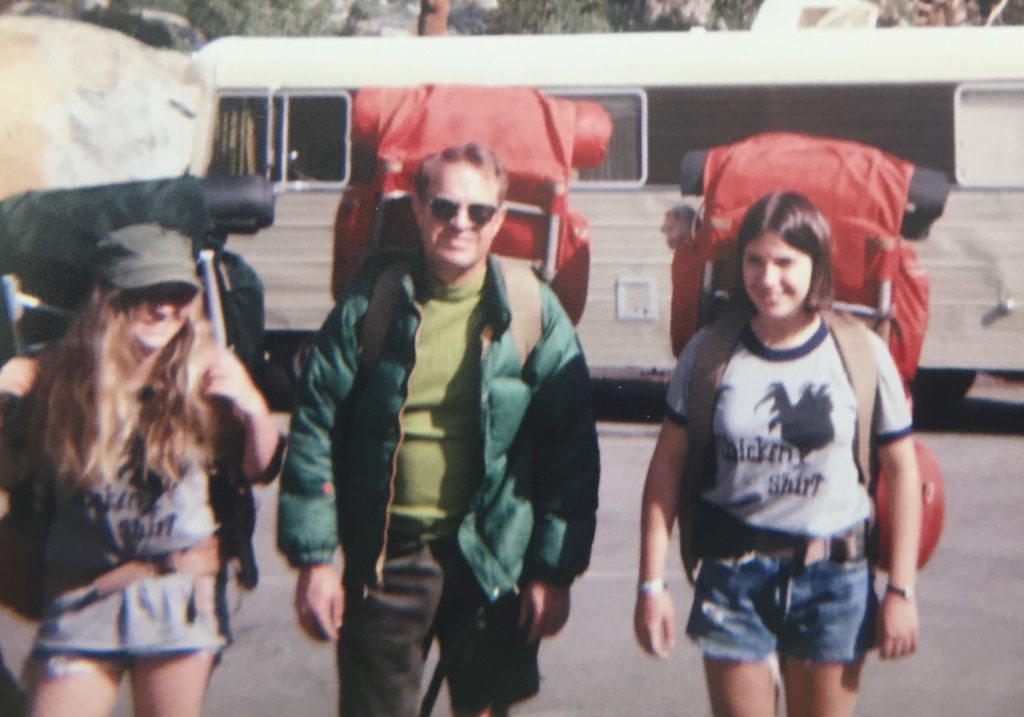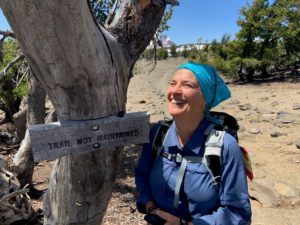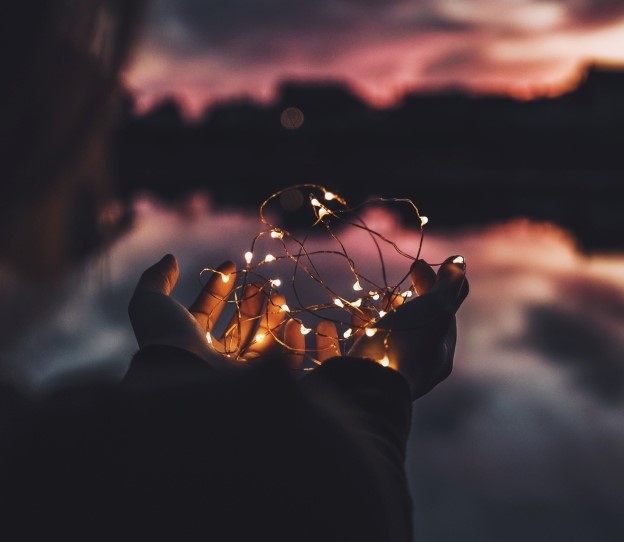You’ve probably seen them. They’re often apple or pear trees, planted right up against a wall, limbs twined onto wires so they’re flat against the wall. The trees still bear fruit, but they take up much less space.
These trees are espaliered.
I used to admire them. Such pretty trees splayed out against brick walls. Now I feel sorry for them.
What would that feel like – to want to grow, to bud and fruit, but instead to be trained and pruned, wired and flattened, so you didn’t take up so much space and you look beautiful? How handy for the gardener – for his tree to be small and orderly, but still produce fruit.
The tree herself is still wild, yearning to grow, to stretch her strong branches up to the sky in search of sun. To be nourished from her deep, wild roots. To feel her leaves unfurl and buds form, and to feel the power of forming fruit.
And along comes a gardener (all the gardeners shown espaliering apple trees in my web search appear to be male) who thinks, I’m gonna make me a tree that still gives me fruit but that is well-behaved, by golly.
So the tree is pruned and wired and trained for maximum fruit production and minimum encroachment into the gardener’s territory.
An espaliered tree is an apt metaphor for the contrast between our social, culturally-constructed selves and our true wild nature.
The wild tree is our true nature – our essential, instinctual Self gifted to us at birth. Those wires and pruning and snipping off of anything that doesn’t fit the preference of the gardener, well, that’s the false, social self at work.
We all have false, social selves. Personas. They’re the costumes we wear to fit in, get along, stay safe, and make others happy. They’re part of being human. Our social selves are necessary. They keep us out of the street and out of jail. The trouble comes when we aren’t able to choose when to wear them anymore – when we forget that we’re wearing a disguise. Then these selves become rigid, too-small skins. Trapped inside them, we slowly suffocate.
We all wear masks in order to go along and get along and navigate the culture we’re in. And thankfully we all have, somewhere deep down inside, who we truly are: that elemental, essential, instinctual wild Self who carries our knowing, our purpose, and our passions.
For many of us, there comes a time when we realize we’ve lost touch with who we really are, at root. We realize we’ve let ourselves be espaliered – pruned, flattened, trained in straight lines. Beautiful to the eye of the gardener, for whom we’ve produced abundant fruit. We exist for him, and not for ourselves.
At this point, unlike the tree, we human women have a choice. Choosing to remain espaliered has its rewards: shelter, warmth, less risk of damage to those precious limbs. Many women will choose to remain safe within the castle walls.
Others of us will come to understand that to remain espaliered is equivalent to choosing death. We will pull ourselves free from the wires and away from the wall. We will return to our wild root stock. We will become feral, unsafe, free-ranging and open to the elements. We probably won’t produce as many apples, but other rewards will take their place. Wild birds will make their nests in our newly-craggy branches. Fierce badgers will den in our roots.
We will be who we are, again. We will be becoming who we’re meant to be, again.
Here’s one way to feel the difference between your social self and your essential self. (This is a riff on the Body Compass, a foundational tool for Wayfinder Life Coaches and their clients.)
Imagine yourself as an espaliered tree. Become the tree. Feel the wall at your back. Feel your limbs tied to the wires running in straight lines. Feel the urge to send out unruly shoots. Feel them snipped off by the gardener. Feel him admiring your rule-following prettiness and fertility. What do you notice in your body? Choose three words to describe this feeling of being espaliered.
Now take three deep breaths and shake your body. Move the energy of espalier through your body and let that shit go.
Finally, imagine yourself as a wild tree. Become the tree. Feel your wild roots deep in the soil. Feel your sturdy trunk. Feel your strong limbs spread and stretch for the sun. Feel new shoots sprout all along your limbs. Feel your leaves unfurl and your buds form. Feel the buds solidify and become fruit. Feel the fruit become heavier and heavier. Feel the birds build nests in your limbs, and the badger make a home in the space between your deep, sheltering roots. There is space for all. What do you notice in your body now? Choose three words to describe this feeling.
Which tree feels stronger? Which tree feels more powerful? Which tree would you rather be?
When you’re living and making choices from your social, culturally-constrained self, your body will tell you. You will feel more like the espaliered tree. And when you live and make choices rooted in your wild, essential Self, your body will feel more like the wild tree.
Did you try this exercise? I’d love to hear about it. Contact me here or leave a comment below. Thank you!
PS. I’m transitioning to sending email newsletters rather than blog posts. If you’d like to receive fresh content as well as information about my latest offerings, please subscribe. You can subscribe on the form in the sidebar here. In my newsletter, I go a little deeper into one of the four touchstones I use in my work with clients, and suggest a practice, exercise, or journal prompt to explore it further.
(Photo credit: Chicago Botanic Garden)

